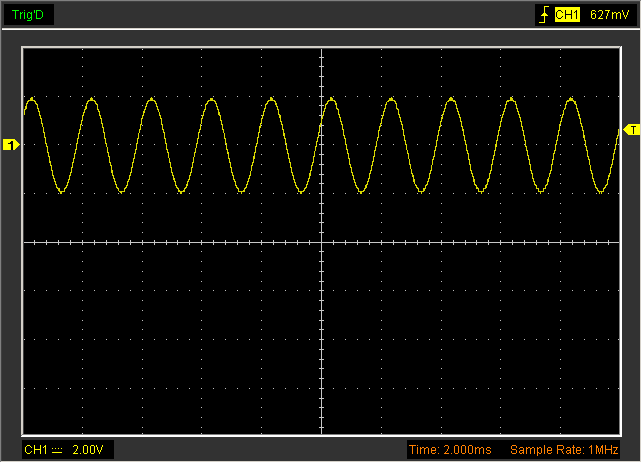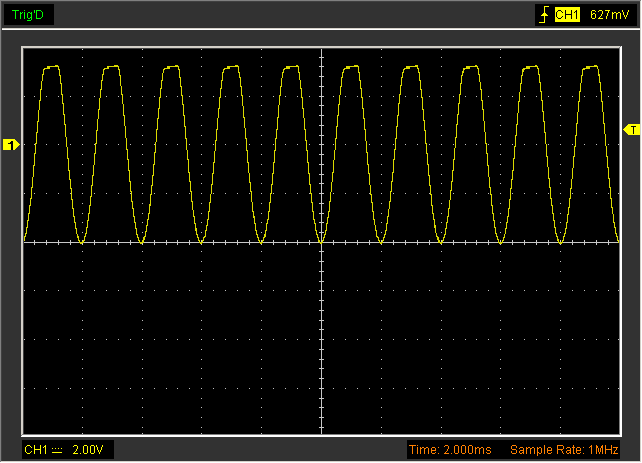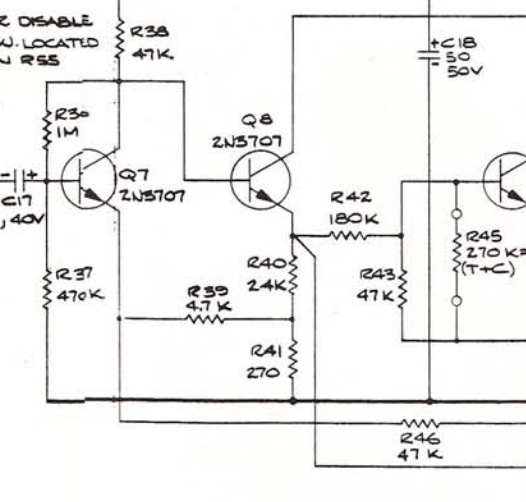Potato Cakes
Well-known member
tata said:Paul, i think im looking for something similar to the 1108 Hi/Low gain option:
not sure, but i think the 1108 schemo shows the High gain (S1)?
Looking at the etching file I would say yes. You could also try putting a trimmer in for the actual switch and dial the exact amount of gain you want to see if you already had a case and didn't want to drill any new holes in the face plate.
Let us know how you go.
Thanks!
Paul





